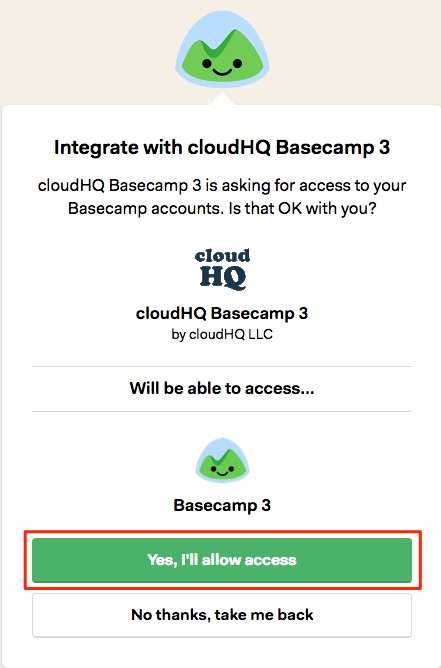
If you have a Birds-Eye-View capable GPS that can display optional satellite imagery, then BaseCamp is a must, since MapSource has no support for this feature. Increasingly, the unique features of BaseCamp make it more compelling. BaseCamp was becoming a viable alternative to MapSource. MapInstall is a little clumsier than the integrated map integration and download feature of MapSource, but it works. The addition of MapInstall as a separate program callable by BaseCamp made it possible to use BaseCamp to combine and download maps to the GPS. Now when I fire up BaseCamp, the sluggishness is gone. I eventually updated my hardware to a faster multi-processor, with more memory and a faster USB interface. I continued to focus my documentation efforts towards explaining MapSource usage. For the most part I stuck with MapSource for everyday tasks such as managing track logs, combining and downloading maps and creating custom routes. Every now and then I would get a question from a Mac user who was using BaseCamp.


#Basecamp 3 tutorial software
What’s the point of a slower program with fewer features? BaseCamp went into my unused software bin,Įvery now and then, I would run BaseCamp just to see if maps were compatible.

I quickly wrote it off as a lame attempt by Garmin to appease the Apple users who could not run MapSource. It did not even have the ability to load maps by itself. It was incredibly slow to paint maps on the screen, subject to crashing, and from what I could ascertain had fewer features than he old standby MapSource. When Garmin first introduced BaseCamp, I loaded it up and took it for a test drive.


 0 kommentar(er)
0 kommentar(er)
